What is it?
The ‘G20’ new-generation BMW 3 Series for you – maybe. While its UK sales will be dwarfed by those of the 320d (a full road test on which you’ll be reading here in the coming weeks), the 330i M Sport will hold plenty of appeal to those who want a quicker 3 Series than the average – and who can find the budget to pay for it.
Better thought of as a sporty mid-range option than a range-topping nearly man, the 330i will, before long, be flanked by BMW’s forthcoming 330e plug-in hybrid version, and outstripped by the M340i xDrive M Performance option. Even for now it’s not the most expensive 3 Series derivative, since it undercuts BMW’s slightly more powerful 330d by just over £2000.
In a 330d, of course, you still get a BMW straight-six engine for your money, whereas the 330i was moved to four-cylinder turbo petrol power with the last-generation ‘F30’ 3 Series. BMW normally aspirated petrol straight sixes being as good as they are (or, rather, were), some of us still aren’t over that.
It’s worth observing, however, that if Munich hadn’t taken that controversial decision, we wouldn’t now be looking at a 330i that emits only a solitary gram more CO2 than a contemporary 330d, according to the latest EU certification lab tests, and that therefore qualifies for benefit–in-kind company car tax some four percentage points lower than the car once considered the UK’s dream real-world company sport saloon.
BMW UK’s pricing menu for the 3 Series makes the 330i available in Sport and M Sport trims, but in automatic form only and without the option of xDrive. The Sport version is cheaper and gets softer, longer-travel suspension as standard – but if you want adaptive damping, ‘variable sport’ steering, a non-run-flat performance tyre or BMW’s torque vectoring electronic rear differential on your 330i, you can only get them on the M Sport version (which also gets uprated brakes into the bargain, as usual). Our test car had adaptive dampers and conventional tyres, but not the clever diff.



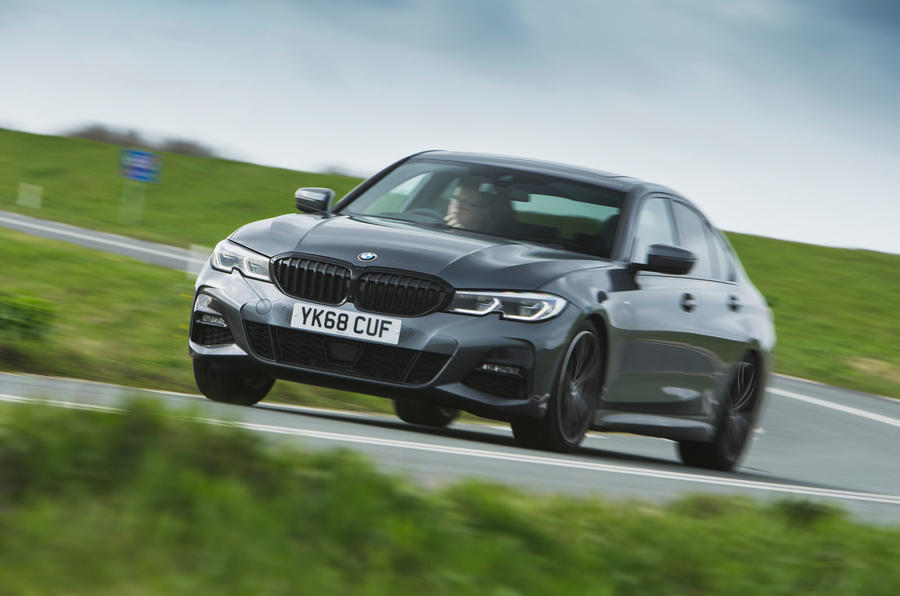
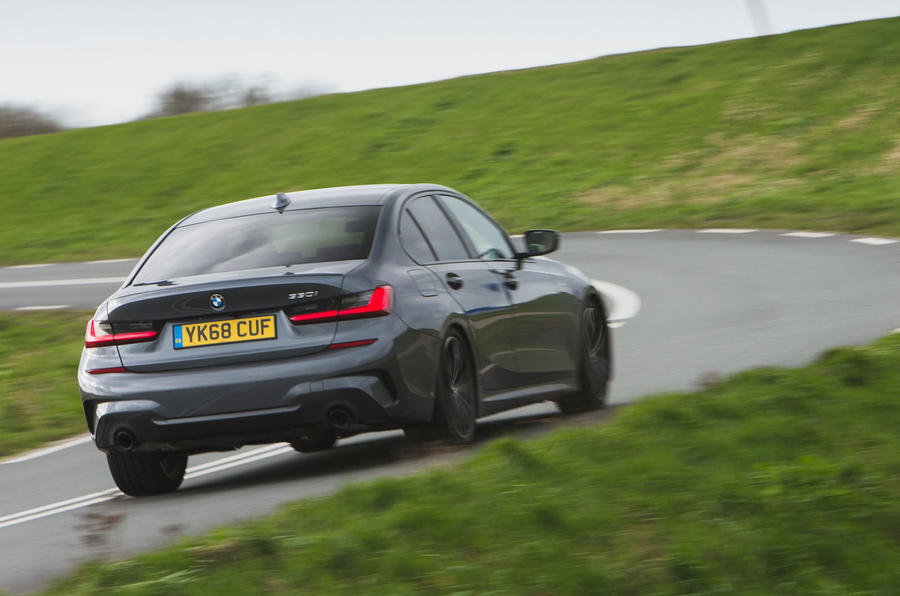














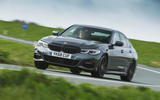
















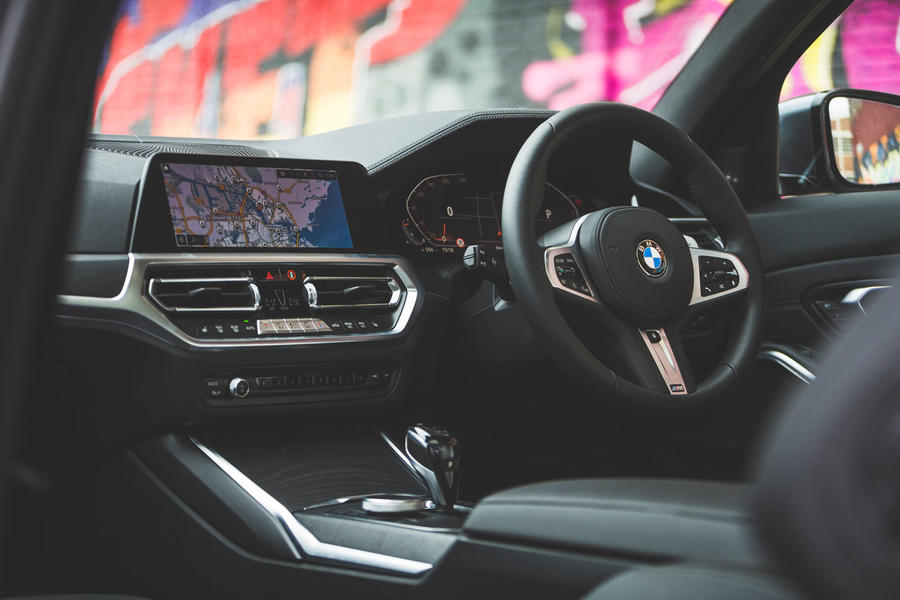
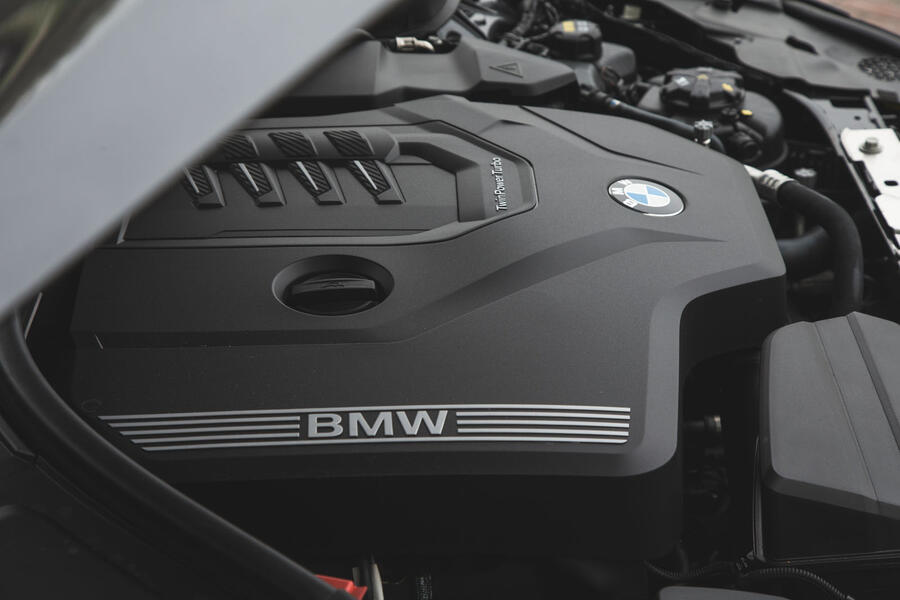
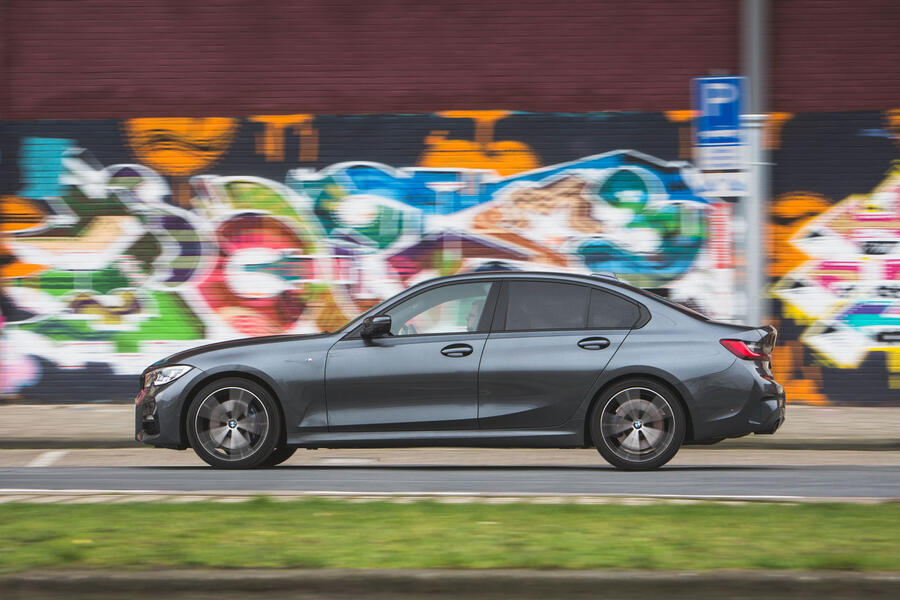





Join the debate
Add your comment
Confused
A long paragraph about the options and options on options re the suspension. Then a paragraph about how wonderful it is. Is that with options as tested, the options with options or the standard setup??
simple question
how can this be a 5 star car, when its got a dodgy over fussy ride, that doesnt really calm down even with the expensive adaptive suspension, and an over complicated instrument cluster, and its plain ugly with a grill thats downright offensive..
No progress on their '3.0' models for some years
With most of its rivals producing a fair bit more power than the 330i I'm surprised BMW hasn't eeked out more bhp from this 2.0 turbo. The equivalent (albeit N/A) engine in the E90 330i from 15 years ago had more power and even the previous (F30) 330i was underpowered compared to the E90. Quite unlike BMW not to be keeping pace on the power front.
Old chestnut....
The reason for having six, eight, ten or indeed twelve cylinders was to produce more power, more torque, but now you can get three, four cylinder engines producing two hundred horse power upwards and in some cases more torque too, and EV cars have even more power a vastly more torque instantly!,so anything bigger than four cylinders is eventually going to be unnecessary, smaller engines means less weight which in turn makes the car lighter, faster, maybe more fuel efficient,and maybe handle better, and ok maybe not in our lifetime, but ICE cars will disappear......